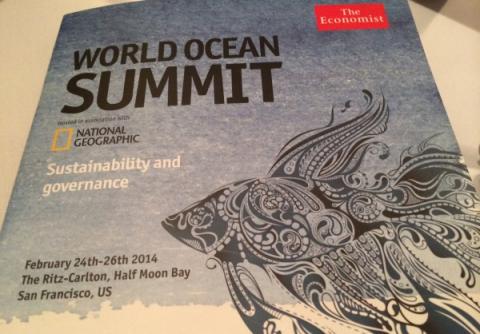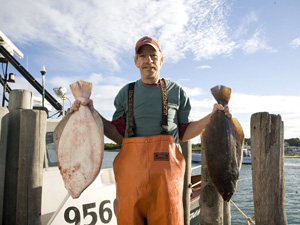
Tackling Overfishing on Many Fronts
In Half Moon Bay, California, this evening, much discussion among the hundreds of gathered delegates has turned to overfishing. There were perhaps as many thoughts on the subject as members in attendance from the fishing industry, academia, conservation organizations, and the media. But, several solutions emerged that received widespread support.
There was little doubt that overfishing is a problem around much of the world. Many fish have declined by significant amounts and most fisheries are already at their maximum production capacity, despite rising demand, said Miguel Angel Jorge, the Managing Director of the new nonprofit 50-in-10, which hopes to move 50 percent of the world’s fisheries to sustainability in 10 years.
Andy Sharpless, the CEO of the advocacy group Oceana, said that at a high level, stopping overfishing is actually “relatively straightforward.” It takes reducing the amount of fish wasted as unwanted bycatch, setting science-based catch quotas and enforcing them, and protecting ocean habitat that allows fish to breed. 
“If we do those three things it is understood [that overfishing will stop],” said Sharpless. “Compared to many of the world’s problems this is not so complicated.”
